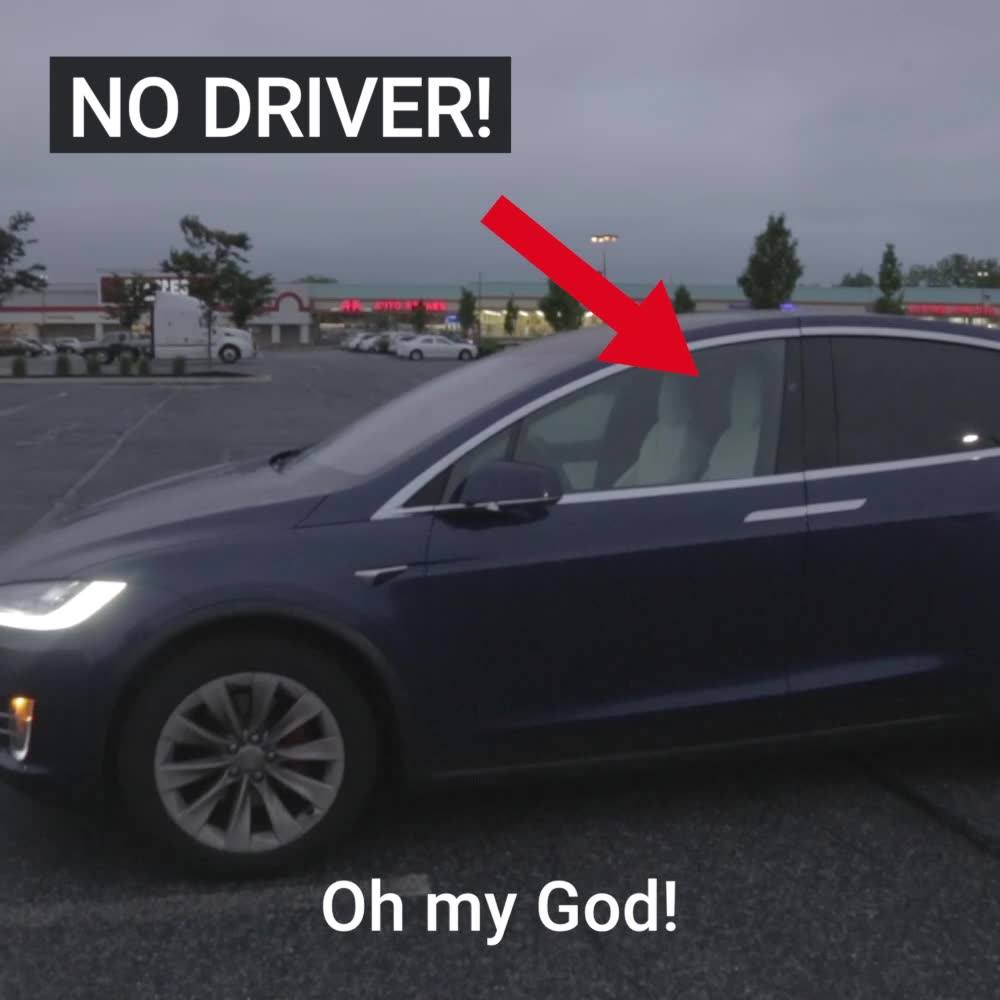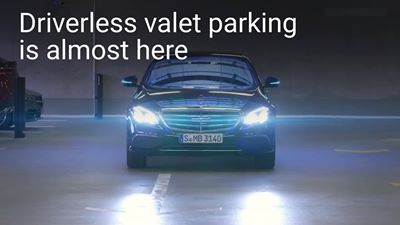Last week, a U.S. House Committee gave its approval for the SELF DRIVE Act, a bill that introduces breakthrough legislation in favor of autonomous vehicles. The bill could pass Congress before the end of 2017, ushering in a new era in self-driving tech.
In a report published in 2016, the White House estimated that nearly 3.1 million drivers working today could have their jobs automated by autonomous vehicles.
From the same article.




